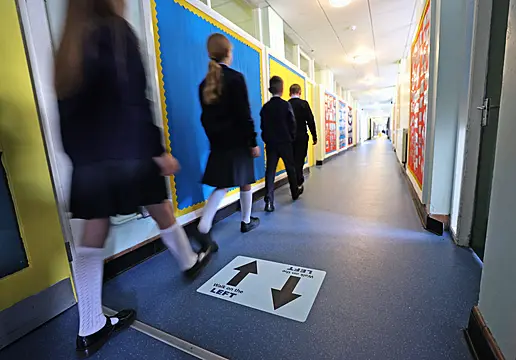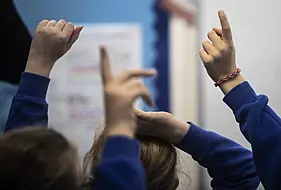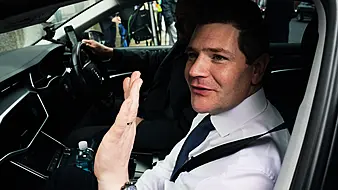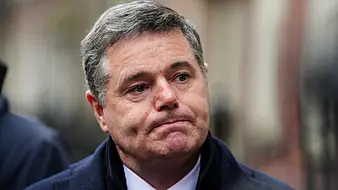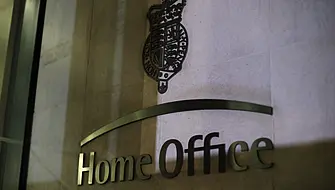Teaching union officials are due to meet with the Department of Education on Thursday to discuss the level of infection among five to 12-year-olds and plans for safeguarding schools for the remainder of the school term.
The National Public Health Emergency Team (Nphet) defended the decision to cease contact tracing in schools for asymptomatic children amid the ongoing high daily numbers of Covid cases.
As the Irish Examiner reports, this week saw a primary school in Wexford reverse a decision to close for in-person learning this week, following “lengthy communications” from the Department of Education.
CBS Primary School in Wexford town made the initial decision to close for in-person learning after the weekend when upwards of 30 cases of Covid were reported in the school. The school reopened its doors on Wednesday.
The Irish National Teachers Organisation (INTO) is to meet with the Department of Education to discuss this week’s developments, the level of infection among five to 12-year-olds, and plans for safeguarding schools to Christmas.
“Schools are doing their best to keep their school communities safe, despite being stripped of public health supports which were instrumental in keeping our schools open safely for most of the last school year,” said John Boyle, INTO general secretary.
Change of policy
On Wednesday, Professor Philip Nolan, chair of Nphet's Epidemiological Modelling Advisory Group, defended the decision to cease testing and isolating for asymptomatic children, a change of policy introduced in mid-September.
An estimated 30,000 children in creches and schools were designated as close contacts during the first weeks of the school term and asked to restrict their movements.
“Very few of those contacts were proving to be positive,” Prof Nolan said. “We were getting positivity rates there between 3 per cent and 5 per cent.
“The cessation [of testing and isolating] was in the context that it was not proving to be an effective mechanism to interrupt transmission, and at the same time being a hugely disruptive mechanism in terms of excluding very large numbers of children from school.”
Chief Medical Officer Dr Tony Holohan added Nphet believed the measures taken by schools have meant the risk of transmission is maintained in schools “at a relatively low” risk. “The risk of transmission now is coming from their experiences in the community,” he added.
